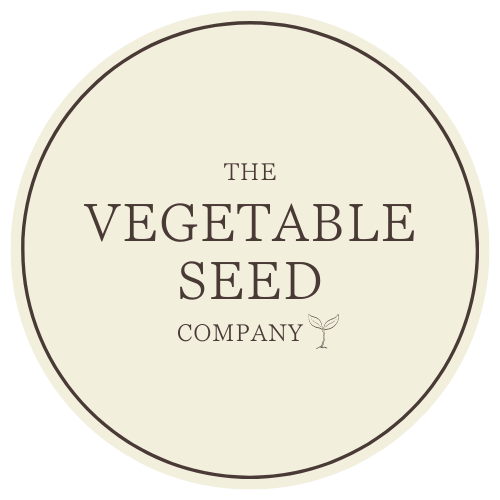Collection: Rhubarb Seeds
Fresh, home grown Rhubarb is the perfect addition to a variety of dishes.
Rhubarb’s bright red stalks are a wonderful addition to pies, crumbles, jams, and even savoury dishes. Its tart flavour pairs beautifully with sweet fruits like strawberries, making it a staple in many traditional British desserts.
In the UK, Rhubarb is a great option to grow as it can survive in colder weather condition and is easy to grow.
Whether you’re looking to get a head start with an early indoor sowing or prefer to sow directly outdoors, our range of rhubarb seeds has you covered.
Explore our selection today to find the perfect variety for your garden and enjoy the benefits of growing your own rhubarb.
No products found
Use fewer filters or remove all
The Growing Season
Depending on whether you're getting a head start on the growing season, or sowing directly outside changes the perfect time to grow rhubarb.
If you want an early crop and start your seeds inside, the best time to plant them is in later winter (around January to February).
If you choose direct outdoor sowing, the best time is late spring (April to May) once the soil has warmed up. In the UK, outdoor conditions can be so unpredictable, growing rhubarb inside can be better.
For these seeds, the perfect germination temperature is 18 to 21 degrees and a consistent warmth will help germination.
Plant these seeds in well drained, fertile rich soil. It's best if this soil is mixed in with well rotted manure or compost to help these plants grow.
Sowing Rhubarb Seed
When sowing indoors, use seed trays and thinly sow seeds on the surface of the soil, thinly apply a layer of compost over the seeds and set in a sunny spot (or under growth lights if possible) and let the young shoots grow.
Once early spring - late summer hits and there is no more risk of frost it's time to transplant these seedlings. But first, harden them off by popping them outside for a few hours a day in the run up.
Transplant the seedlings to their final growing position and watch your rhubarb plants thrive in pots and garden beds. In their first season, plants should reach up to 30cm.
Looking After Rhubarb Plants
To create medium sized green stalks, Rhubarb plants need water regularly, especially during dry spells. Water deep, but avoid water logging as this can lead to root rot. To retain moisture in the soil, and suppress the growth of weeds, apply a layer of mulch around the plants.
In early spring, before the new growth begins, feed fertiliser or compost to the plants. Where you can, avoid a high nitrogen one as this can lead to excessive growth of the greenish red coloured leaves at the expense of the stalks development.
Rhubarbs are a relatively pest free plant, but you do have to watch out for slug and snails. It's best to deter these with barriers or attract natural predators into your garden.
Watch out for signs of crowns rotting and make sure to thin seedlings if things are looking a bit crowded.
To allow the plants to establish, don't harvest from your vegetable in the first year. Once the first year has passed, wait until the plants are around 25 to 30 cm long and harvest the edible stalk.
Rhubarb is a hardy plant and can withstand cold conditions, but it's best to protect the produce and crown from the colder weather.
